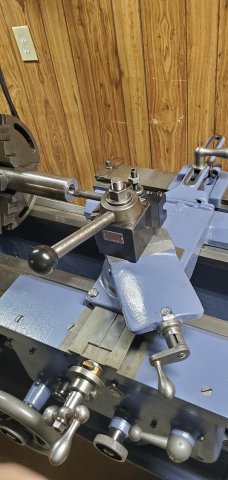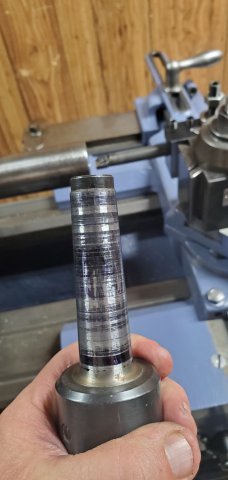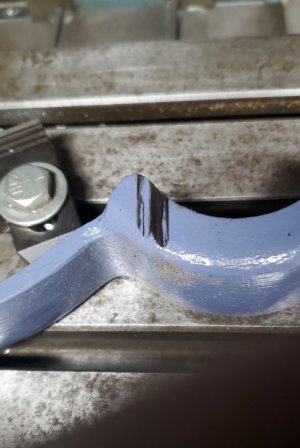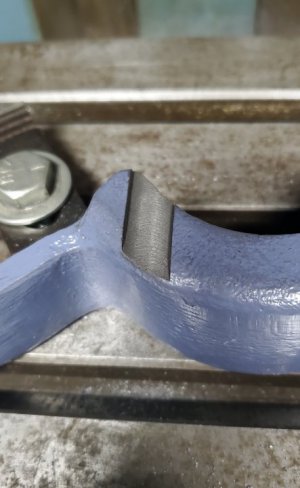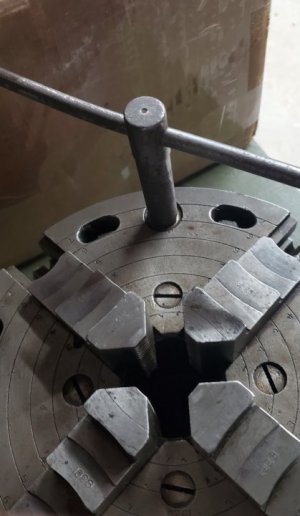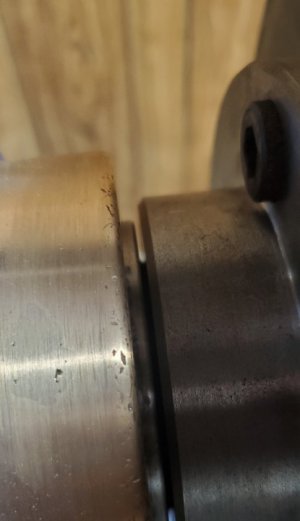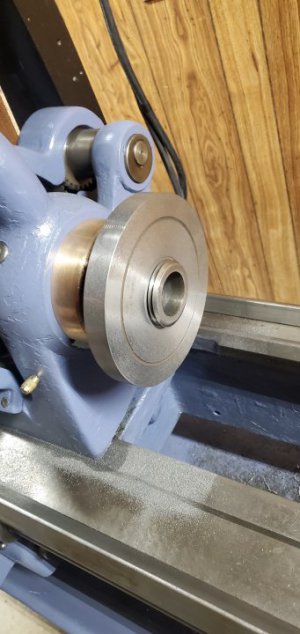- Joined
- Apr 10, 2021
- Messages
- 594
That is impressive. Unsupported, I get .0007 or so over about the same distance end to end with the outboard being larger. There is also a bulge between the ends of another few tenths. I am unsure how much is due to bed and if the spindle bearings might have a little play under load causing the end to be larger. With the tailstock adjusted so each end is within .0002, there is again a bulge that varies a couple of tenths which I believe follows the bed wear. Polishing takes care of most of this easily but I like to know the numbers and what others get on their machines. Thanks for the update. Dave


